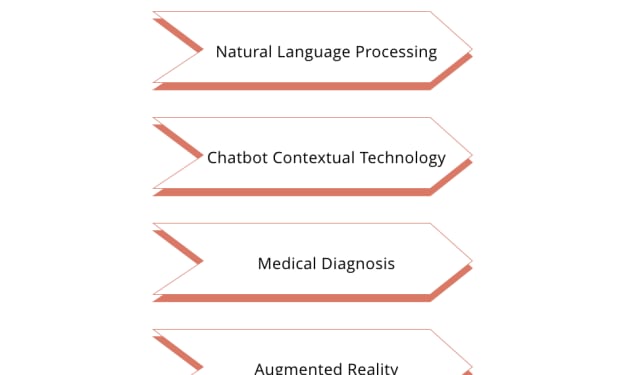
ChatGPT is a large language model developed by OpenAI, based on the GPT-3.5 architecture. The model was trained on a massive amount of text data, allowing it to generate human-like responses to various prompts and questions.
The history of ChatGPT can be traced back to the development of the GPT (Generative Pre-trained Transformer) architecture, which was first introduced by OpenAI in 2018. GPT-1 was trained on a large corpus of text data using unsupervised learning, allowing it to generate coherent and grammatically correct text. GPT-2, released in 2019, was even more powerful, with the ability to generate highly coherent and human-like text. However, due to concerns about the potential misuse of such a powerful language model, OpenAI decided not to release the full model to the public.
In 2020, OpenAI released GPT-3, the most advanced version of the GPT architecture to date. GPT-3 was trained on an enormous corpus of text data, making it capable of generating highly coherent and human-like responses to a wide range of prompts and questions. GPT-3 quickly gained widespread attention and was widely regarded as a major breakthrough in the field of natural language processing.
Building on the success of GPT-3, OpenAI began work on ChatGPT, a chatbot that could interact with users in natural language. ChatGPT was designed to be highly versatile and capable of responding to a wide range of prompts and questions. The model was trained on a massive amount of text data, including social media posts, news articles, and other sources, giving it a broad knowledge base to draw from.
In 2021, OpenAI released a beta version of ChatGPT to a select group of users. The response was overwhelmingly positive, with users praising the model's ability to generate highly coherent and natural-sounding responses. Over time, OpenAI continued to refine and improve the model, adding new features and improving its accuracy and responsiveness.

Today, ChatGPT is widely regarded as one of the most advanced and versatile chatbots in existence. It is used in a wide range of applications, from customer service to personal assistants to social media bots. The model's ability to generate highly coherent and natural-sounding responses has made it a popular choice among businesses and organizations looking to engage with customers and users in a more human-like way.
Despite its success, ChatGPT is not without its challenges. The model's reliance on large amounts of training data means that it can sometimes generate biased or inaccurate responses. There have also been concerns about the potential misuse of such a powerful language model, particularly in the context of disinformation and propaganda.
To address these concerns, OpenAI has taken a number of steps to ensure that ChatGPT is used responsibly. The company has developed a set of best practices for the use of AI language models and has partnered with organizations to develop ethical guidelines for the use of these models in various contexts.
Looking to the future, ChatGPT is likely to continue to play a significant role in the development of natural language processing and conversational AI. As the model continues to be refined and improved, it is likely that we will see even more advanced and sophisticated chatbots that are capable of engaging with users in ever more natural and human-like ways.
......
Artificial intelligence (AI) has become increasingly prevalent in recent years, leading many to worry that it will ultimately lead to the end of certain careers and industries. However, while AI may certainly lead to changes in the job market and require workers to adapt to new technologies, it is unlikely to completely eliminate entire professions.
In fact, AI has the potential to enhance and complement human labor, rather than replace it. AI can help workers automate routine and mundane tasks, freeing up time for more creative and complex work. It can also provide workers with valuable insights and data to help them make better decisions.
Moreover, the development and implementation of AI requires a range of specialized skills and expertise, creating new opportunities for workers in fields such as computer science, data analysis, and machine learning.
Overall, while AI will certainly lead to changes in the workforce and may require workers to adapt to new technologies, it is unlikely to completely eliminate entire careers. Rather, it has the potential to enhance and complement human labor, creating new opportunities and possibilities for workers in a range of fields.
About the Creator
hellobbab
Hi Folks Welcome To My Stories.......:)






Comments
There are no comments for this story
Be the first to respond and start the conversation.